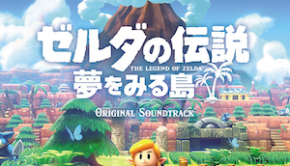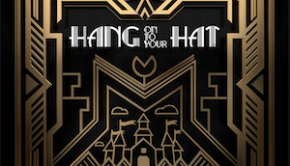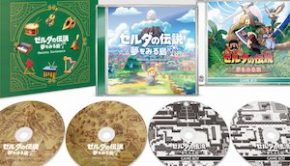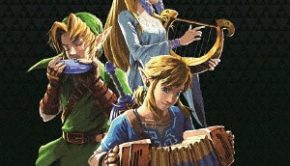Super Mario Bros. Music: The 30th Anniversary
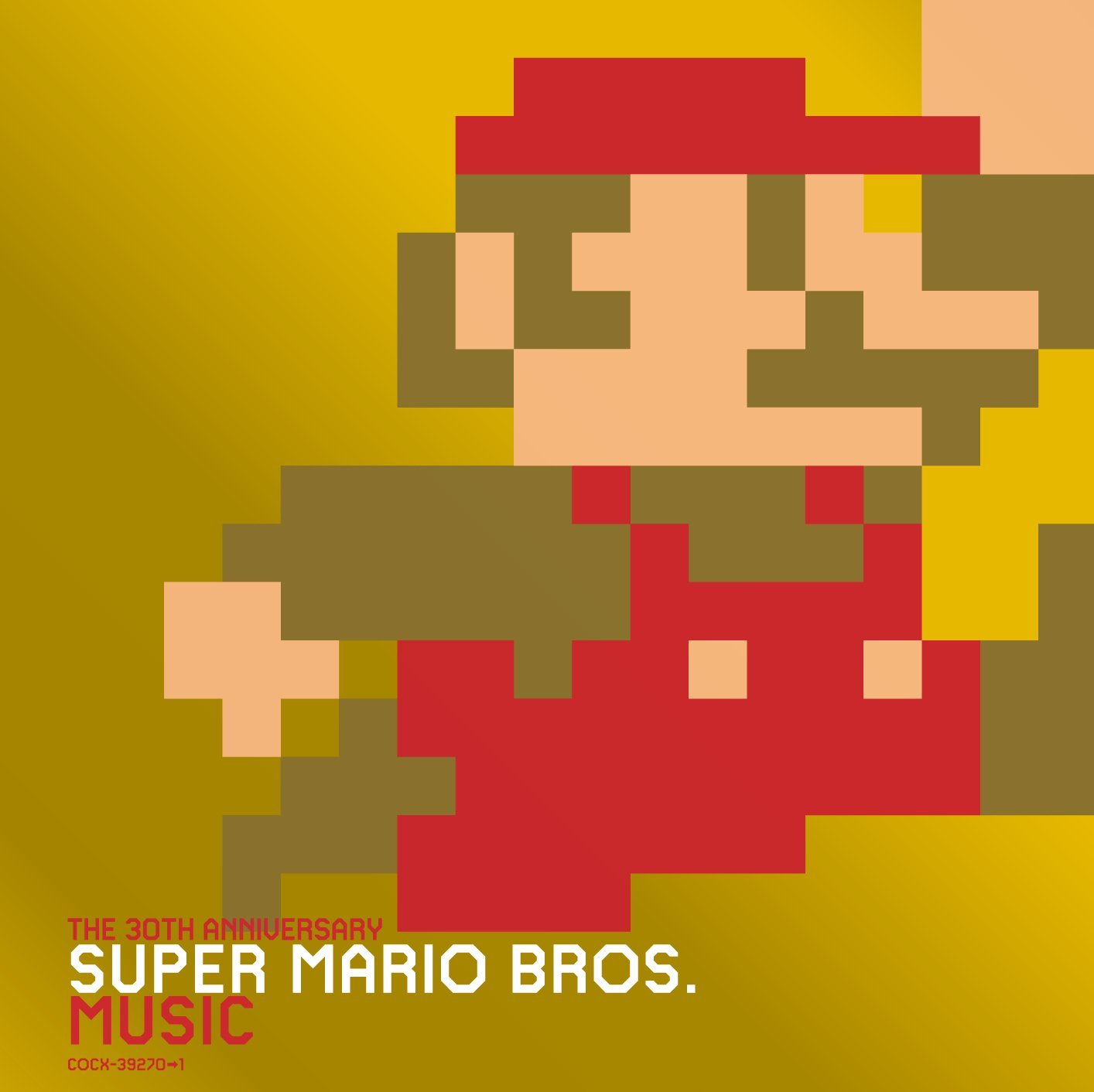 |
Album Title: Super Mario Bros. Music: The 30th Anniversary |
| Record Label: Nippon Columbia |
|
| Catalog No.: COCX-39270/1 |
|
| Release Date: September 13, 2015 |
|
| Purchase: Buy at CDJapan |
Overview
Super Mario Bros. Music: The 30th Anniversary is a commercially released compilation album featuring songs from across the various Super Mario games, many of which have only been released in a limited manner up until this point. Spanning two discs, the compilation does not include any full soundtracks, but rather just a sampling from games ranging from the first Super Mario Bros. up until the latest Super Mario Maker for the Wii U. As such, there are bound to be a few disappointments regarding omissions, but nevertheless the value of album is not to be overlooked, as it still includes the most famous themes from the series, and is one of those rare wide releases of Nintendo music.
Body
The first disc chronicles the earliest of the Super Mario Bros. series, including the chiptune entries from the NES games. First is Koji Kondo’s iconic music from the first Super Mario Bros. game, starting with the famous “Ground BGM”. Despite its simple sound, the track is as charming and catchy as it was thirty years ago, and it is still a joy to hear it now. It actually stands up well in terms of presenting a memorable theme while also developing and varying it, and its active bass-line is a big helper. “Underwater BGM” is also a great track with its waltz meter, while the other tracks like “Underground” and “Castle” are much shorter and lack development but still pack a nostalgia punch. Some tracks are missing like “Invincible BGM” from the first game and “Ending” from the second, but they are small losses. Kondo’s Super Mario Bros. 3 gets five tracks here (sadly omitting its “World Map” themes), but again the most memorable themes are present like “Ground BGM”, the dizzying “Underwater BGM”, and the sinister “Airship BGM”. The western Super Mario Bros. 2 also gets representation later on with its delightful “Ground BGM” and “Underground BGM”. It’s wonderful that these are able to see another release, and although they aren’t as complete as on the previous Super Mario World album release, the main stuff is here.
The other chiptune tracks belong to the Game Boy releases. Hirokazu Tanaka’s Super Mario Land gets five tracks here, again simple but very charming and catchy. Its “Ground BGM” is one of my favourites of the disc having a great bounce to its proceedings, and “Muda Kingdom BGM” is also very pleasant and enjoyable. It also has some flavoured tracks like “Chai Kingdom BGM” with its oriental sound and “Underground BGM” carrying a middle-eastern influence. Two tracks from Kazumi Totaka’s Super Mario Land 2: 6 Golden Coins here get their first proper soundtrack release. The “Main Theme” isn’t as good as the others, though “Star Course (Space Zone)” is much more endearing with a simple lyrical melody and a rather different, minimal accompaniment that makes it a bit intriguing. These tracks are not as well known, but they are still very enjoyable after all these years.
The remaining tracks of the first disc cover the SNES era to the Gamecube and DS. Kondo’s Super Mario World gets six tracks here to showcase its Caribbean flavour and increased sound library, including another recognizable “Ground BGM”, though it is more repetitive despite the sound upgrade. The other five tracks are variations of this theme, though they aren’t as compelling. “Underground BGM” and “Ghost House BGM” are decent at creating atmosphere but too odd to enjoy as a standalone listen, though “Bonus Screen” is playful and fun while “Castle BGM” is pretty impressive and does a lot during its runtime. Kondo’s five Super Mario 64 tracks further improve in sound, but at times the new sounds are awkwardly used. The “Title Theme” is very fun with a solid melody, making the most out of its new lively brass, and “Dire, Dire Docks” is a wonderfully atmospheric water theme with warm synths and calming melody. But then there is “Slider”, which has a decent melody but a rather grating cowboy arrangement, and “Snow Mountain” suffers similar issues with carnival stylings. The nine Super Mario Sunshine tracks are also held back by very awkward instrumentation, which make the tracks seem downcast despite their upbeat arrangements, like in Kondo’s “Ricco Harbor” and Shinobu Tanaka’s “Sirena Beach”. Still, some great tracks like the catchy guitar-filled “Deflino Plaza” and the peacefully watery “Noki Bay” are wonderful inclusions. Closing out the disc are three New Super Mario Bros. tracks, wisely mixing chiptune with the synths. Its “Ground BGM” is decently fun, though “Beach BGM” is unremarkable and “Castle BGM” is a decent but odd way to end the disc. These tracks overall are more mixed in quality than the earlier era tracks, mainly due to awkward synth sounds, but for the most part the best tracks from each game are present, and those are still quite good and memorable.
The second disc covers games from the Wii, 3DS, and Wii U systems. Seven tracks open the disc from the first Super Mario Galaxy. Kondo’s fun “Egg Planet” showcases the new orchestral sound found throughout the album, and while it isn’t incredibly complex it has a good melody and meets its intended uplifting sound. Mahito Yokota does the remainder of these tracks, and fares reasonably well. Standouts include ”Waltz of the Boos” with its varied eerie atmosphere and heavier use of synths, and “The Galaxy Reactor” which is a great composition that moves well between serious segments and brighter ones. Some tracks falter a bit like “Space Junk Road” which has a nice mellow atmosphere but a stiff piano line, or the out-of-place goofy “Beach Bowl Galaxy” which belongs more to an earlier era, but for the most part this section is great. Later on the Super Mario Galaxy 2 tracks fare similarly, strong with tracks like the warm and charming “Sky Station Galaxy”, the epic and pressing “Melty Monster Galaxy”, and the peaceful “Slimy Spring Galaxy”, while weaker in tracks like the oddball “Yoshi Star Galaxy”. Overall its a good showing from the Galaxy series, bringing an air of maturity to the set.
New Super Mario Bros. sequel tracks appear here, and the first NSMB’s “Ground BGM” returns in its Wii version with a cleaner sound, though it still feels merely good. “Haunted House BGM” is a bit weaker in sound, and is also just functional. Later on the 3DS New Super Mario Bros. 2 reprises “Ground BGM” again to weak effect, and the “Athletic BGM” is poor version of the track noticeably lacking in its vocal sample which doesn’t sound good at higher pitches. The Wii U New Super Mario Bros. U finally brings substantial changes to that “Ground BGM”, keeping the familiar sounds but written with a new melody. It’s not as catchy, but it is pleasant, as is its new “Athletic BGM” sister track.
From there, Super Mario Bros. 3D Land gets two tracks. The “Ground Theme” is again familiar, but more purely fun and bouncy than the New Super Mario Bros. tracks are. Its “Sea Theme” is an interesting upbeat departure from the usually mellow water sound, and I rather like it particularly when it does calm down later on. The Wii U Super Mario 3D World tracks keep the same spirit but have a stronger sound, making up some of the strongest tracks. The “Super Bell Hill” has a great saxophone taking lead on the fun and catchy melody, and the jazz ensemble for “Athletic” is similarly wonderful. Some orchestral tracks here are great for drawing influences like in the oriental “Hands-on Hall” and the middle-eastern “Bowser’s Lava Lake Keep”. Closing the album is the title theme from the new Super Mario Maker. The theme mixes retro sounds with modern, still carrying some clear Mario touches but also having its own distinct voice that works well. A great way to end things off.
Summary
Super Mario Bros. Music: The 30th Anniversary is a great compilation album that any Mario and game music fan should pick up. It assembles very recognizable themes in their original glory, and even the earliest of these still hold up after all this time. There are a few tracks, particularly from the middle years that suffer a bit from hardware limitations, as well as those of the New Super Mario Bros. series which are weaker compositions, but overall the songs are very enjoyable and catchy. Some of the later orchestral songs are of course a large departure from the early tracks, but they still are a lot of fun, and have among them some delightful compositions. There are some glaring omissions from the set, like Mario Kart, Paper Mario and Super Mario RPG, but given the price of the album and its wide release, one should not complain too much. For now it is the easiest way to obtain almost all of these tracks, and as such it should not be missed by video game music lovers.
Do you agree with the review and score? Let us know in the comments below!
4.5
Posted on April 6, 2016 by Christopher Huynh. Last modified on April 6, 2016.

